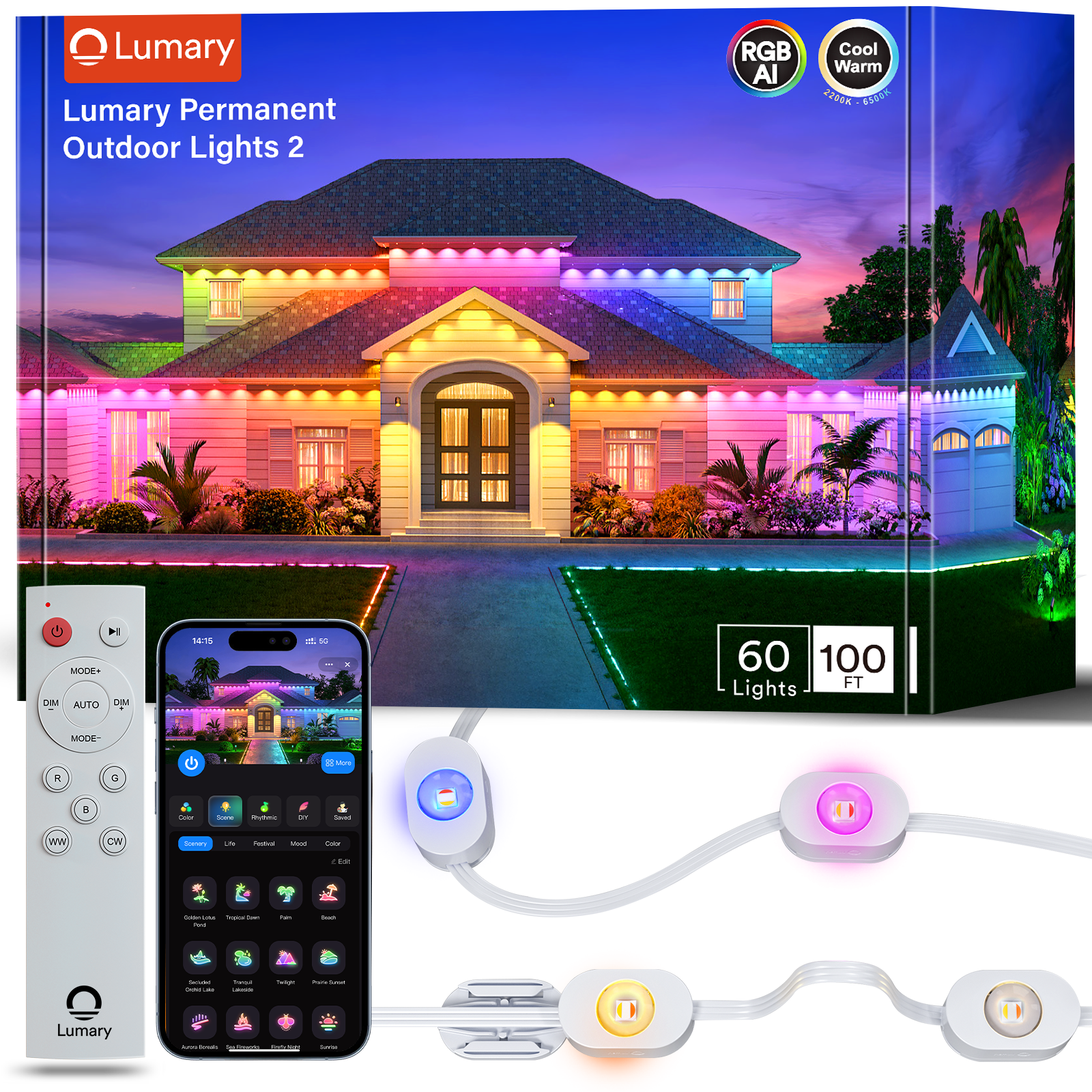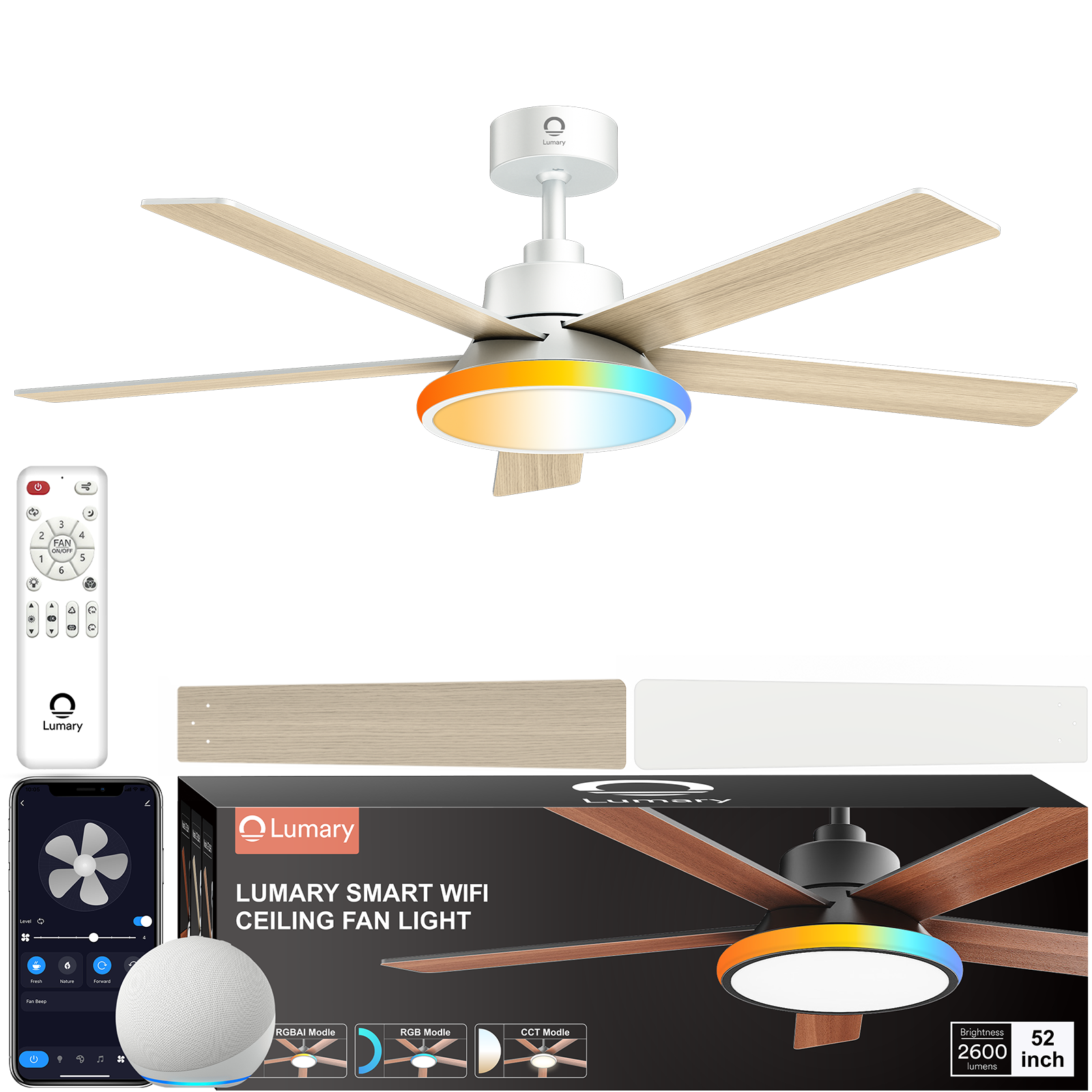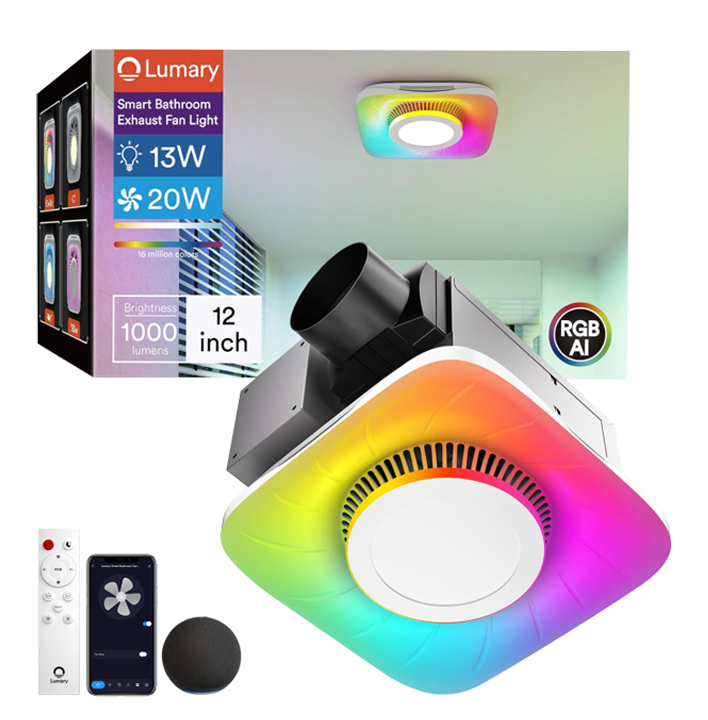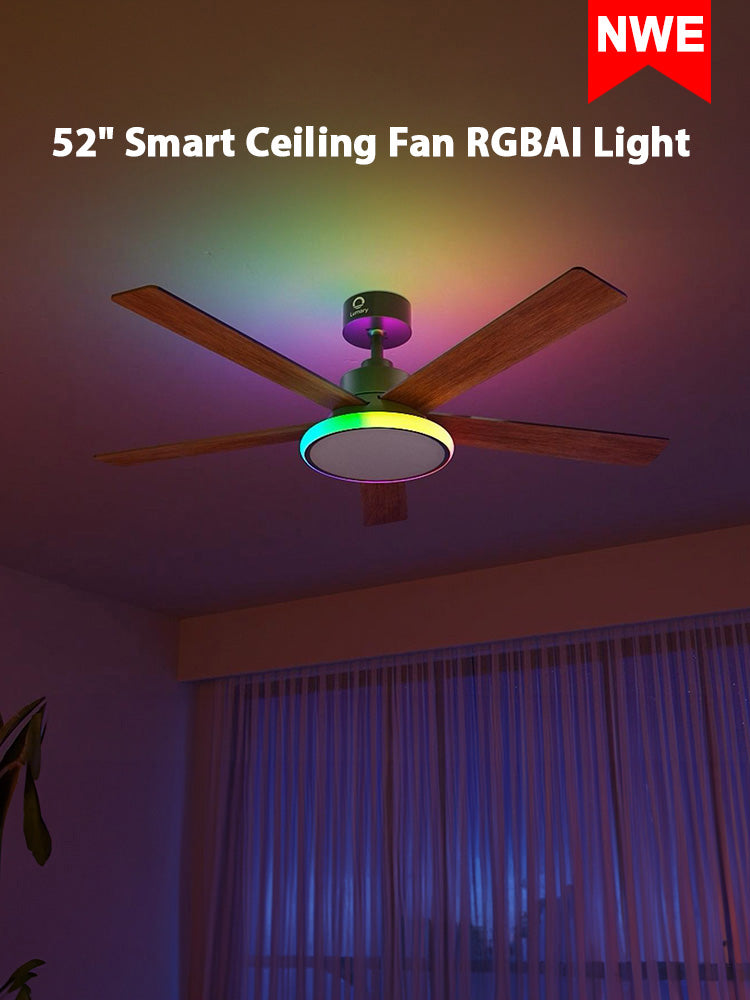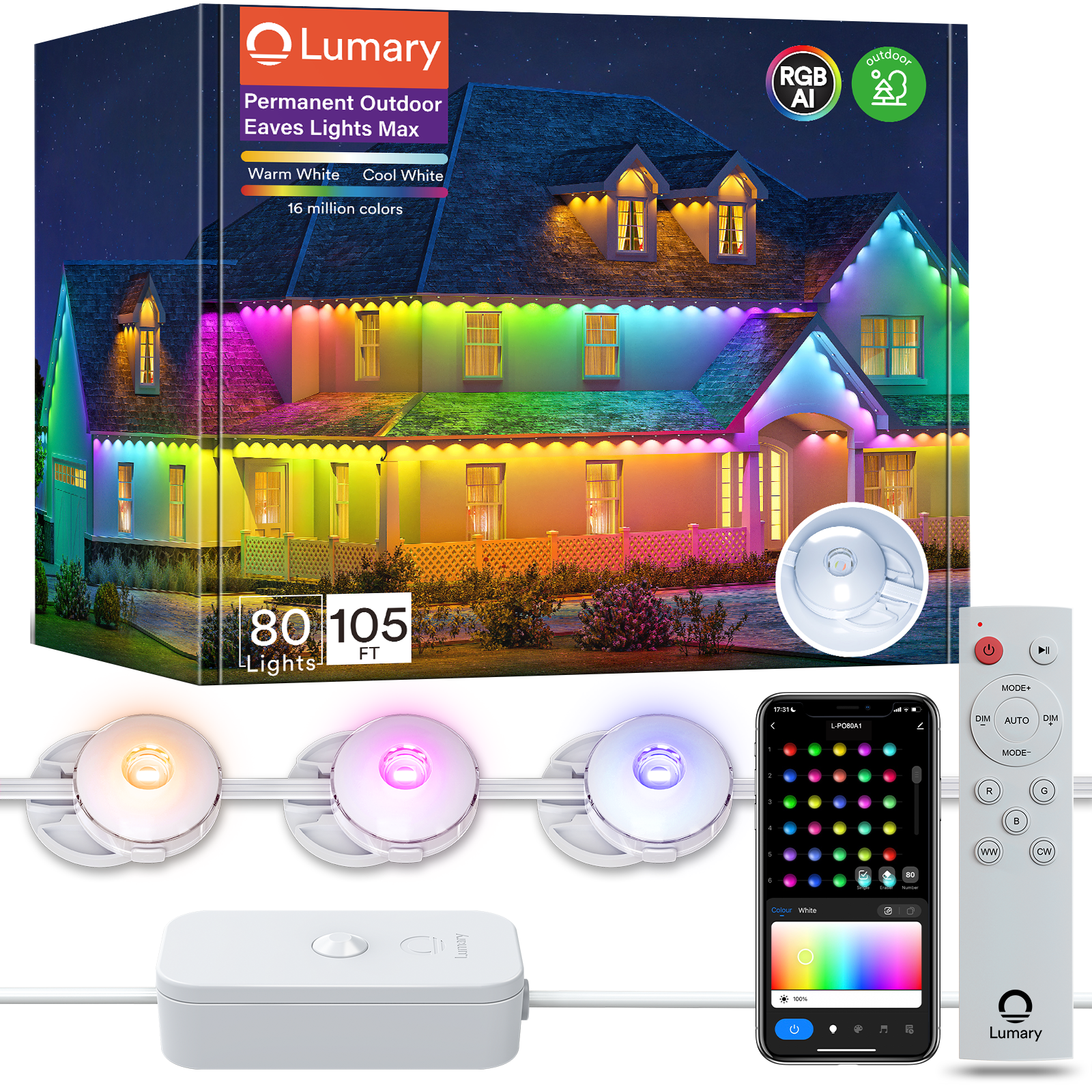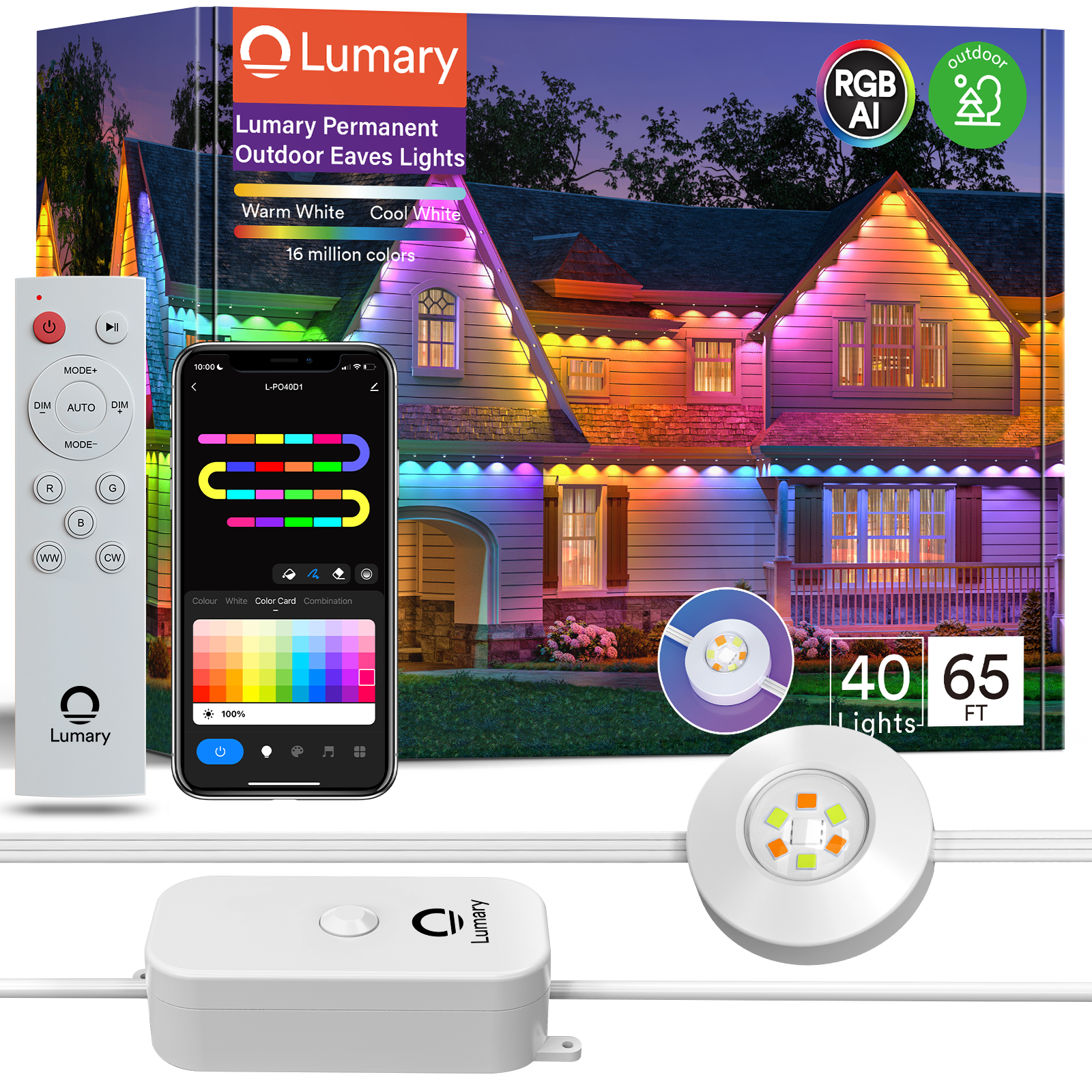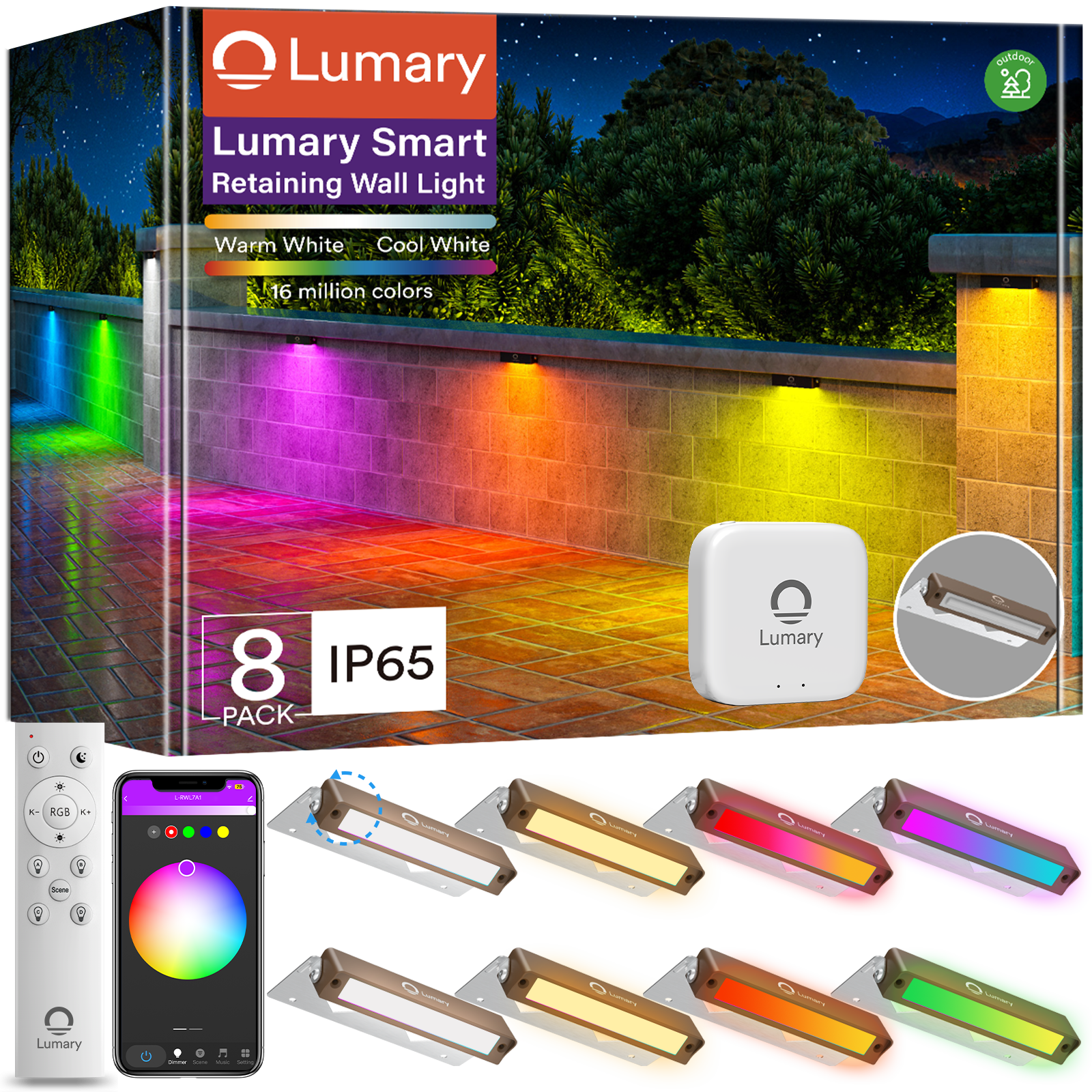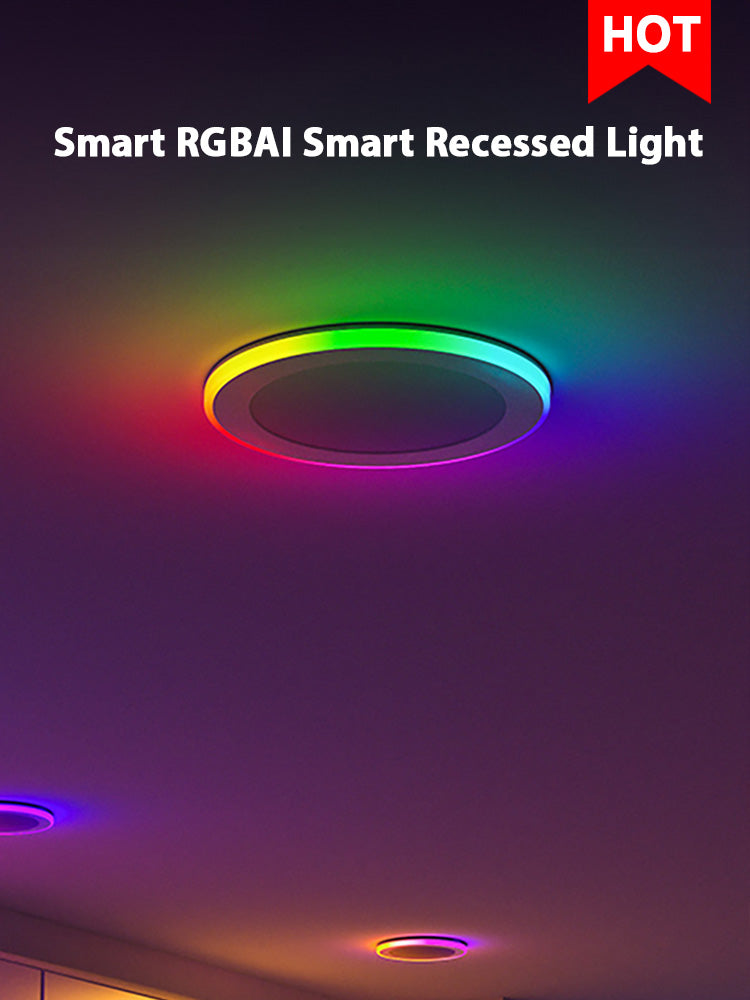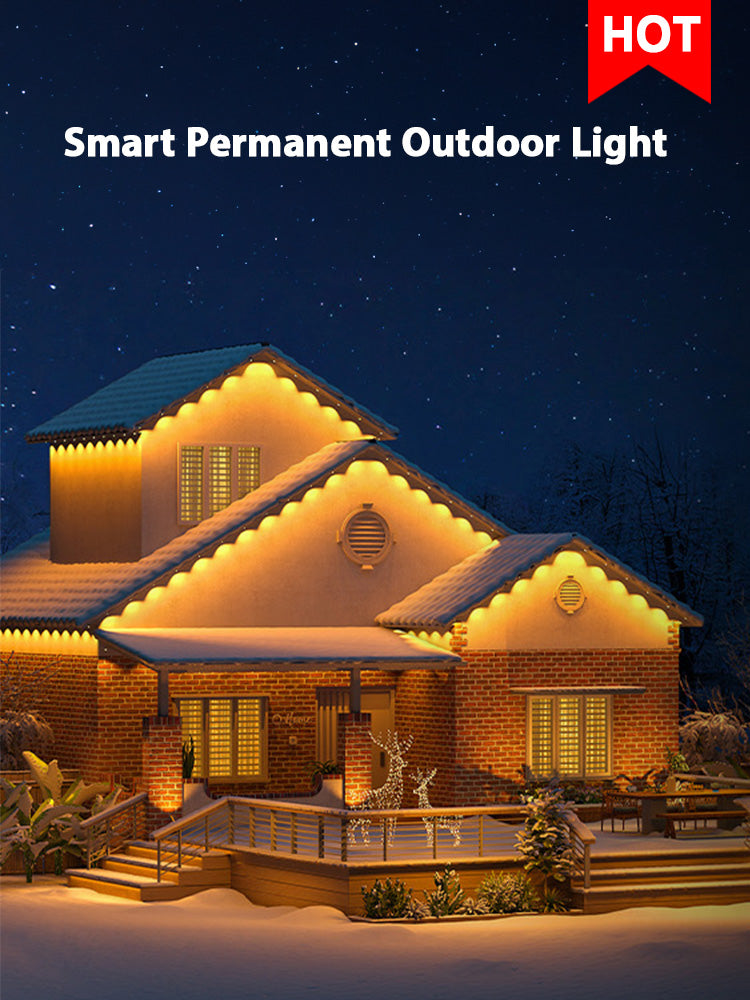Selecting the right LED light bulbs transforms your living space. LED light bulbs offer significant advantages over traditional bulbs. LED light bulbs consume 90% less energy, saving you money on electricity bills. LED light bulbs last up to 25,000 hours, reducing the frequency of replacements. LED light bulbs also provide better lighting control, allowing for scheduled on-off periods and motion detection. LED light bulbs create a more inviting atmosphere with various color temperatures. LED light bulbs offer an efficient and sustainable lighting solution for any home.
Assess Your Current Lighting Needs

Understanding your current lighting needs helps you make informed decisions when selecting LED light bulbs. Start by taking stock of your existing lighting setup. This step ensures that you identify areas that require upgrades and determine the purpose of each light source.
Inventory of Current Lighting
Identify areas needing lighting upgrades
Walk through your home and note the areas where lighting seems inadequate or outdated. Kitchens, living rooms, and workspaces often need brighter or more efficient lighting solutions. Check for dim spots or areas where traditional bulbs frequently burn out. These areas might benefit from the longevity and efficiency of LED light bulbs.
Determine the purpose of each light source
Each room in your home serves a different function. Consider what each light fixture is meant to do. Task lighting in a kitchen requires different brightness levels compared to ambient lighting in a bedroom. LED light bulbs offer versatility, allowing you to choose the right type for each specific need.
Evaluate Lighting Preferences
Your personal preferences play a crucial role in selecting the perfect LED light bulbs. Consider the ambiance and mood you wish to create in each space.
Consider desired ambiance and mood
LED light bulbs come in various color temperatures, which can affect the atmosphere of a room. Warmer tones (2700K-3000K) create a cozy and inviting environment, ideal for living rooms and bedrooms. Cooler tones suit areas like offices or kitchens, where focus and clarity are essential.
Assess personal preferences for light color and intensity
Think about your preferred light color and intensity. Some people enjoy bright, white light, while others prefer softer, yellow hues. LED light bulbs provide options for both, ensuring you find the perfect match for your taste. Consider dimmable LED light bulbs if you want flexibility in adjusting light intensity.
LED technology continues to evolve, offering innovative features like smart lighting and voice-command controls. These advancements enhance your lighting experience, providing convenience and customization. By assessing your current lighting needs and preferences, you set the foundation for a successful transition to LED light bulbs.
Understand Technical Specifications

Understanding technical specifications helps you choose the right LED light bulbs. Knowing these details ensures that you make informed decisions for your lighting needs.
Color Temperature
Color temperature plays a crucial role in setting the mood of a room. The Kelvin scale measures color temperature. Lower numbers on the Kelvin scale indicate warmer tones. Higher numbers indicate cooler tones.
Explanation of Kelvin scale
The Kelvin scale ranges from 1,000K to 10,000K. LED light bulbs usually fall between 2,700K and 6,500K. A 2,700K bulb emits a warm, yellow light. A 6,500K bulb emits a cool, blue light. Understanding this scale helps you select the right ambiance for each space.
Choosing the right color temperature for different spaces
Warm tones suit living rooms and bedrooms. These tones create a cozy atmosphere. Cooler tones work well in kitchens and offices. These tones provide clarity and focus. Choose LED light bulbs with the appropriate color temperature for each room's purpose.
Brightness and Lumens
Brightness affects how well a space is illuminated. Lumens measure brightness. Watts measure energy consumption. Understanding the difference helps you select the right LED light bulbs.
Understanding lumens vs. watts
Traditional bulbs use watts to indicate brightness. LED light bulbs use lumens for this purpose. A higher lumen count means more brightness. LED light bulbs produce more lumens per watt than traditional bulbs. This efficiency saves energy and money.
Selecting appropriate brightness levels
Consider the function of each room when selecting brightness. Kitchens and workspaces need brighter lighting. Bedrooms and living rooms benefit from softer lighting. Choose LED light bulbs with suitable lumen ratings for each area. This ensures optimal lighting conditions.
LED light bulbs offer various options for color temperature and brightness. Understanding these technical specifications empowers you to make the best choices for your home. Proper selection enhances both functionality and ambiance.
Practical Considerations
Cost and Energy Savings
LED light bulbs offer significant cost savings over time. The initial purchase price of LED bulbs may seem higher than traditional incandescent or CFL bulbs. However, the long-term savings outweigh the upfront cost. LED light bulbs consume 90% less energy than incandescent bulbs. This efficiency leads to lower electricity bills. Over the lifespan of an LED bulb, you can save approximately $150 in electricity costs.
Energy efficiency ratings provide valuable information. Look for LED light bulbs with high energy efficiency ratings. ENERGY STAR certified bulbs meet strict energy efficiency guidelines. These bulbs ensure maximum savings and performance. Choosing energy-efficient LED light bulbs contributes to a sustainable environment.
Testing and Gradual Implementation
Testing new LED light bulbs before fully committing is wise. A trial period allows you to evaluate the performance and compatibility of the bulbs. Install LED light bulbs in a few key areas of your home. Observe the lighting quality and energy consumption. This approach helps you make informed decisions about further replacements.
A gradual replacement strategy eases the transition to LED lighting. Replace old bulbs with LED light bulbs as they burn out. This method spreads the cost over time. Gradual implementation allows you to adjust to the new lighting. You can assess the impact on energy bills and overall satisfaction. This strategy ensures a smooth and cost-effective shift to LED lighting.
LED light bulbs provide numerous benefits. Cost savings and energy efficiency make them an excellent choice. Testing and gradual implementation help you adapt to the change. Embrace the advantages of LED light bulbs for a brighter and more efficient home.
Evaluation and Compatibility Checks
Evaluating and checking compatibility ensures that LED light bulbs function optimally in your home. This step helps avoid potential issues and maximizes the benefits of LED technology.
Compatibility with Existing Fixtures
Ensuring compatibility with existing fixtures is crucial when selecting LED light bulbs. Different fixtures require specific socket types and sizes. Identifying the correct socket type prevents installation problems.
Checking socket types and sizes
Examine the fixtures in your home to determine the socket types and sizes. Common socket types include E26, E12, and GU10. Each type has a unique size and shape. Ensure that the LED light bulbs you choose match these specifications. Mismatched sockets can lead to poor connections or bulb failure.
Ensuring dimmer compatibility
Many homes use dimmer switches for lighting control. Not all LED light bulbs work with dimmers. Check the packaging or product description for dimmer compatibility. Look for terms like "dimmable" or "compatible with dimmers." Using incompatible bulbs with dimmers can cause flickering or reduced bulb life.
Final Evaluation
Conducting a final evaluation helps assess satisfaction with the new lighting setup. This step allows for adjustments to improve lighting quality.
Assessing overall satisfaction
Walk through your home and observe the lighting in each room. Consider factors like brightness, color temperature, and ambiance. Ask yourself if the LED light bulbs meet your expectations. Note any areas where lighting feels inadequate or uncomfortable.
Making adjustments as needed
Make necessary adjustments based on your observations. Replace bulbs with different color temperatures or brightness levels if needed. Consider changing the placement of fixtures for better illumination. Experiment with different LED light bulbs to achieve the desired effect. Continuous evaluation ensures that your lighting setup remains effective and enjoyable.
LED light bulbs offer numerous advantages, but proper evaluation and compatibility checks are essential. By following these steps, you ensure a seamless transition to LED lighting. Enjoy the benefits of energy efficiency, cost savings, and enhanced ambiance in your home.
A thoughtful selection process for LED light bulbs ensures optimal lighting in your home. Consider energy efficiency and cost savings when making decisions. LED bulbs consume 90% less energy than incandescent bulbs. This efficiency leads to significant savings over time. Technological advancements have reduced LED bulb costs, making them more accessible. Choose LED bulbs that match your lighting needs and preferences. Evaluate compatibility with existing fixtures for seamless integration. Make informed choices to enhance your living space with efficient and sustainable lighting solutions.

